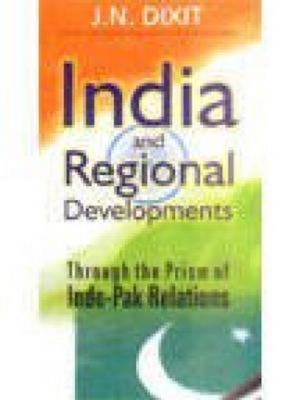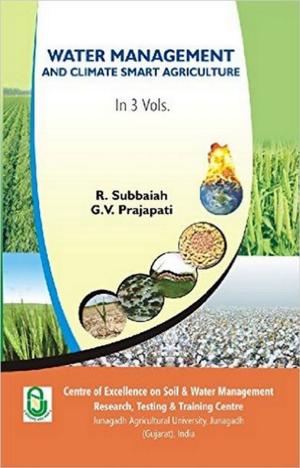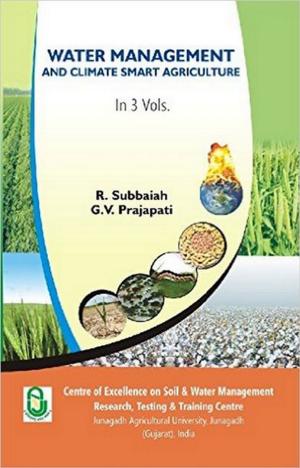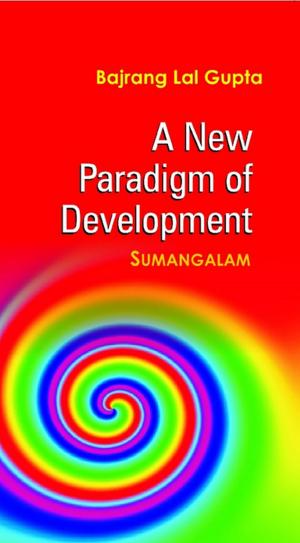| Author: | J. Albert Rorabacher | ISBN: | 9788121251617 |
| Publisher: | Gyan Publishing House | Publication: | June 30, 2009 |
| Imprint: | Gyan Publishing House | Language: | English |
| Author: | J. Albert Rorabacher |
| ISBN: | 9788121251617 |
| Publisher: | Gyan Publishing House |
| Publication: | June 30, 2009 |
| Imprint: | Gyan Publishing House |
| Language: | English |
In late 2007, International Food Policy Research Institute (IFPRI) published The Challenge of Hunger, and stated: There are 854 million people who go hungry every day. Two years later, that number had increased to roughly 1 billion people. In the course of less than a year, nearly 100 million people had joined the ranks of the world's hungry. Rapidly increasing world food prices have increased world hunger in both developed and developing nations worldwide. The greatest concentration of the hungry and poor are found throughout South Asia and Sub-Saharan Africa. India, alone, constitutes nearly 45 percent of the world's hungry, and Sub-Saharan Africa is the home to another 35 percent. The United Nations, in 2001, formulated a series of development goals, which they called their Millennium Development Goals. The first of these goals is the Eradication of extreme poverty and hunger by 2015. This book explores some of the causes and effects of hunger and poverty in South Asia and Sub-Saharan Africa. Will these regions be able eradicate extreme poverty and hunger by the 2015 deadline?
In late 2007, International Food Policy Research Institute (IFPRI) published The Challenge of Hunger, and stated: There are 854 million people who go hungry every day. Two years later, that number had increased to roughly 1 billion people. In the course of less than a year, nearly 100 million people had joined the ranks of the world's hungry. Rapidly increasing world food prices have increased world hunger in both developed and developing nations worldwide. The greatest concentration of the hungry and poor are found throughout South Asia and Sub-Saharan Africa. India, alone, constitutes nearly 45 percent of the world's hungry, and Sub-Saharan Africa is the home to another 35 percent. The United Nations, in 2001, formulated a series of development goals, which they called their Millennium Development Goals. The first of these goals is the Eradication of extreme poverty and hunger by 2015. This book explores some of the causes and effects of hunger and poverty in South Asia and Sub-Saharan Africa. Will these regions be able eradicate extreme poverty and hunger by the 2015 deadline?















